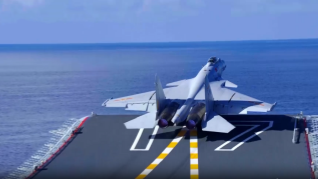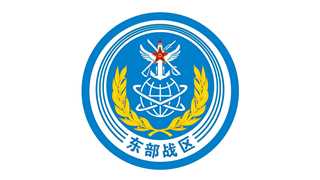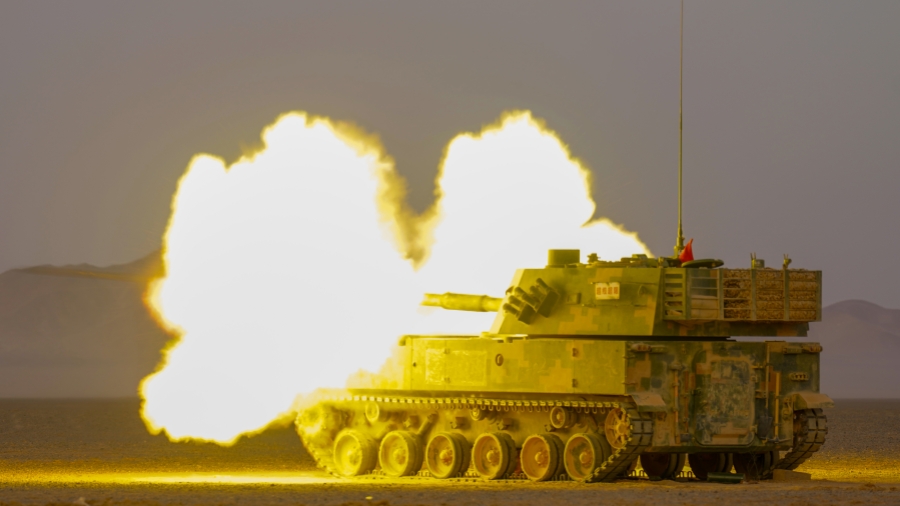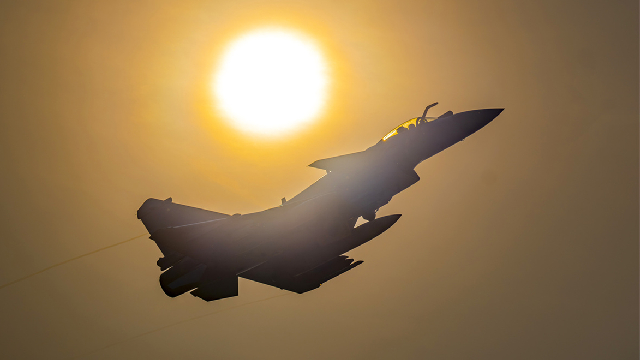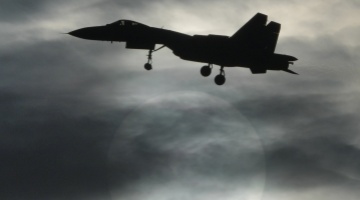
Japanese Maya-class destroyer (File photo)
By Hu Chengcheng
According to reports of Japan 2024 fiscal year defense budgets, the country will allocate 379.7 billion yen (about $2.5 billion) for the design and construction of two destroyers equipped with Aegis weapon systems, which are said to potentially rank as the largest 10,000-ton guided-missile destroyers in Asia.
Chinese military observer Zhou Weizheng analyzed that these two Japanese destroyers on the plan have a displacement of about 12,000 tons that surpasses those of the US Ticonderoga-class cruisers and Flight III Arleigh Burke-class destroyers, so they can be regarded as the largest among the destroyers equipped with Aegis weapon systems, but may not be the largest in Asia. In the meantime, India is also stepping up efforts in building the next generation of destroyers with a displacement of 13,000 tons, but both countries have not finalized the design, so it is still difficult to ascertain the definitive holder of the top position in tonnage. From a military point of view, the destroyer tonnage has less significance than the power equipment, weaponry, stealth performance and actual combat readiness capacity.
According to the information released so far, Japan's new generation of destroyers will feature strong air and missile defense capabilities thanks to the Aegis air and missile defense systems and the Standard series of missiles. Moreover, this type of ship will also be equipped with the US Tomahawk cruise missiles or Japanese Type 12 anti-ship missiles, and has powerful anti-ship and land strike capabilities.
Zhou explained that the Tomahawk cruise missiles used to be considered as star weapons, but the flight speed, shooting range and combat effectiveness have been somewhat outdated due to extended commissioning. Clearly aware of this, Japan is vigorously developing hypersonic missiles with a range of 2,000 to 3,000 kilometers and will be sure to swiftly fit these devices onto the destroyers once they are successfully developed, to enhance the so-called preemptive long-range attack capability against enemy bases.
Japan had planned to deploy two land-based Aegis combat systems for ballistic missile defense in 2017 but prepared to build Aegis destroyers after the above plan was halted. The design of the destroyers has gone through twists and turns, with the hull shape and tonnage size constantly adjusted. The current new design scheme is derived from comprehensive equipment function improvement and upgrading on the basis of Maya-class destroyers.
In this regard, Zhou pointed out that Japan is discreetly pursuing the development of the next generation of new-type destroyers under the pretense of building ballistic missile defense ships. In the case of wartime, these destroyers can not only undertake air-defense operations but also launch attacks on the opponents' deep targets on the sea or shore. The existing strength of the Japan Maritime Self-Defense Force (JMSDF) had exceeded the needs of self-defense long ago, and the forces will shoulder more combat functions in the future by strengthening cooperation with the US. This not only violates Japan's "exclusively defense-oriented" principle but also brings about new uncertainties to the regional security situation.
Zhou also mentioned that the JMSDF is not exclusively fixated on advancing the next generation of destroyers, but more importantly, their aircraft carriers are on the cusp of being unveiled. The Izumo and JS Kaga destroyers are also undergoing intensive refitting, which will empower the combat effectiveness of medium-sized aircraft carriers upon completion of the engineering.
Japan's aircraft carrier conversion plan is scheduled to be completed in 2027, which aligns perfectly with the service time of their next generation of destroyers. This is no coincidence but reveals the fact that Japan is accelerating building a surface fleet centered around aircraft carriers in a bid to fight for maritime supremacy with major powers in the Asia-Pacific.
So, the question is, can the JMSDF with aircraft carrier group still be referred to as a self-defense force? This masquerade is unlikely to remain intact for much longer.
Editor's note: Originally published on military.cnr.cn, this article is translated from Chinese into English and edited by the China Military Online. The information and opinions in this article do not necessarily reflect the views of eng.chinamil.com.cn.

